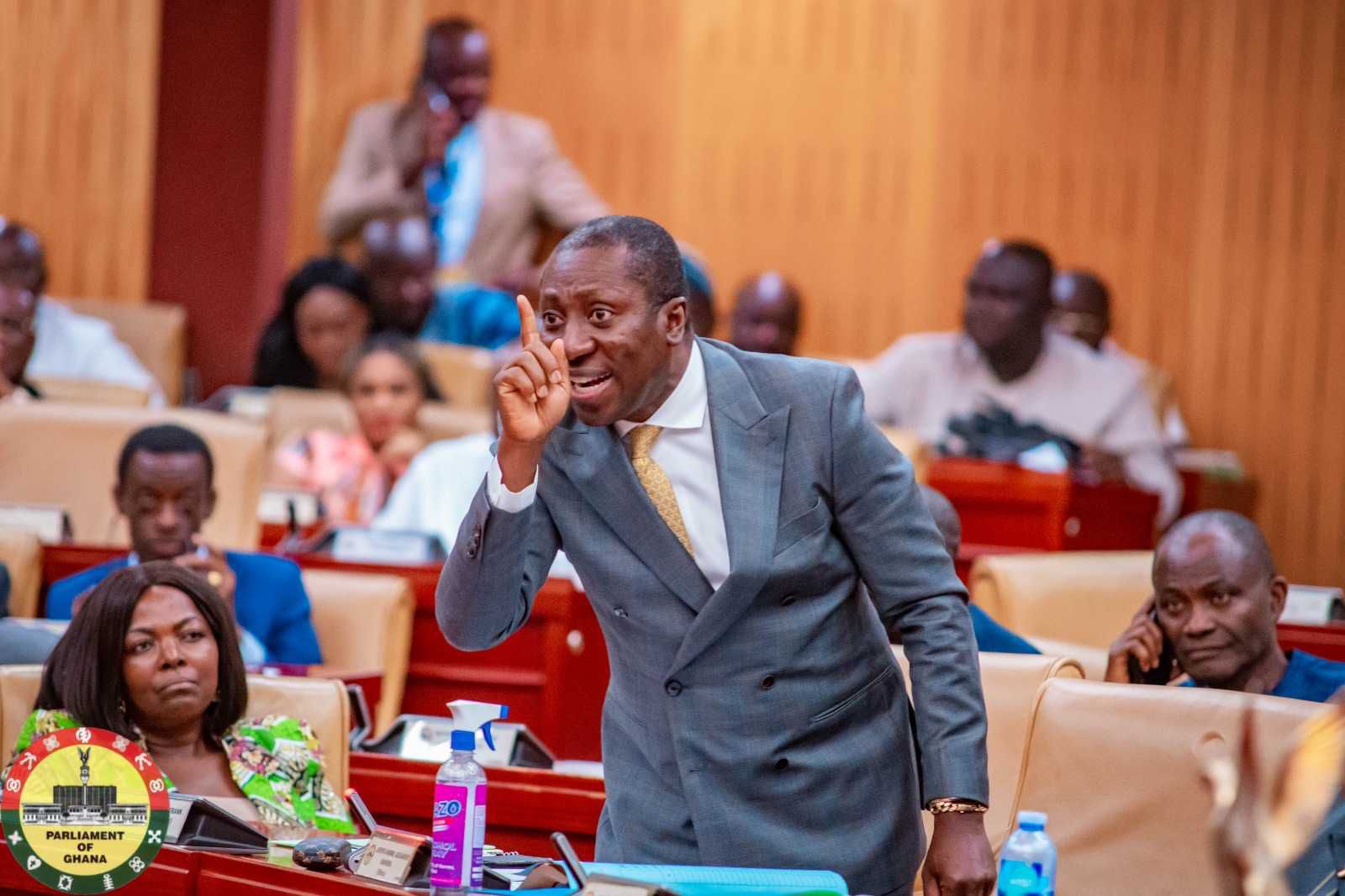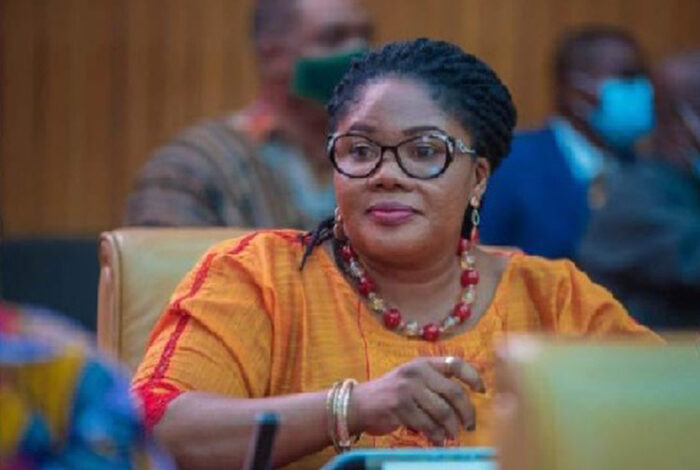
Introduction
In 2015, the United Nations set 17 global goals called Sustainable Development Goals (SDG) to help achieve a more sustainable and equitable world by 2030. The SDGs addressed various aspects of human life and the planet. SDG 10 was to “reduce inequalities”. In the context of insurance coverage, SDG 10 focuses on ensuring everyone has access to fair and affordable insurance products, regardless of their income level, social status, or geographical location. These goals are not just aspirations, but a roadmap for urgent action, and they play a crucial role in the discussion of inclusive insurance in low-income countries.
In many low-income countries, including Ghana, insurance remains a luxury rather than a necessity. The disparity in access to insurance services is a growing concern, leaving vulnerable populations at risk of financial instability. However, there is hope. Insurers, with their critical role in mitigating inequalities, have the potential to make a significant impact. By designing inclusive products and fostering fair claims practices, they have the power to not only bridge the gap but also significantly reduce the inequality in insurance. This article delves into the issue of inequality in insurance, the barriers faced by marginalised communities and emphasizes the potential of insurers’ actions to bring hope and optimism through innovation, inclusivity, and fairness.
The Role of Insurance in Economic Stability
Insurance plays a crucial role in protecting against financial hardship, offering individuals and businesses a safety net in times of crisis. Whether through health, life, property, or agricultural insurance, having insurance cover enables policyholders to recover from unexpected events. However, insurance remains inaccessible for many people in low-income countries, especially those in rural areas or informal economies. This category of individuals or groups may face barriers in obtaining insurance due to income, race, gender, age, or geographic location. As a result, millions of people are forced to rely on informal or inadequate mechanisms that offer little or no protection during times of crisis.
This lack of coverage deepens inequality by disproportionately affecting those who are already economically vulnerable. Without insurance, they are more likely to fall into poverty when faced with natural disasters, health issues, or accidents. Conversely, those with access to insurance can recover more quickly, enabling them to maintain or improve their economic standing. This divergence in outcomes contributes to a widening wealth gap between those with insurance and those without, exacerbating existing inequalities.
Barriers to Insurance Access
Several factors contribute to unequal access to insurance in low-income countries. These include:
Affordability: One of the most significant barriers to insurance access is cost. For many low-income individuals and families, insurance premiums are perceived as unaffordable, especially when immediate needs like food, shelter, and healthcare take precedence. Even when lower-cost insurance products are available, the perception of insurance as a luxury rather than a necessity can dissuade potential policyholders from purchasing coverage.
Awareness and Literacy: Many people in low-income countries need more awareness or understanding of how insurance works and its benefits. Low financial literacy compounds this, preventing individuals from making informed decisions about insurance products. The people in these brackets perceive insurance as expensive and will not even attempt to learn more about its benefits.
Geographical Constraints: Insurance services may be difficult to access in rural or remote areas. Insurers often concentrate their operations in urban centres, where the potential customer base is more extensive, leaving rural populations underserved. This geographic disparity further entrenches inequality, as rural populations are more likely to engage in agriculture or informal work already fraught with risk.
Regulatory Challenges: Regulatory frameworks in some low-income countries can also hinder the development of inclusive insurance products. Without clear regulations or incentives for insurers to offer affordable products to low-income consumers, the market tends to cater to higher-income individuals and large businesses.
Trust Issues: Many individuals in low-income countries distrust financial institutions, including insurers, due to past experiences with fraud or mismanagement. In Ghana, the activities of some “susu” schemes where people bolted with accumulated funds from low-income contributors will remain a scar that will haunt insurance for a long time. In contrast, these schemes were not regulated insurance entities; their deeds have always been one of the reasons people shy away from insurance, especially on the life side. This lack of trust can prevent people from engaging with insurers, even when products are affordable and accessible.
Complex processes: Most insurers still attempt to cover society’s vulnerable on the same terms as they would to a large corporation. For most low-income individuals and enterprises, any attempt to include onerous clauses on documentation and complex wordings is a put-off.
In conclusion, insurance can significantly reduce inequality in low-income countries by offering financial protection and stability during crises. However, barriers such as affordability, awareness, geographic constraints, and trust issues continue to limit access for vulnerable populations. To truly bridge the gap, insurers must innovate and adapt their products and services to meet the specific needs of marginalised communities. By doing so, they can help level the playing field and create a more inclusive and equitable future.
Please stay tuned for part two of this article, where we will explore how insurers address these challenges through inclusive product design and innovative practices.
Addressing Inequality Through Inclusive Product Design
To mitigate the challenges of inequality, insurers have begun to recognise the importance of designing products that meet the specific needs of low-income individuals and communities. Inclusive insurance products are developed with affordability, accessibility, and simplicity, aiming to reach underserved populations that traditional insurance models often ignore. Here are some ways insurers are addressing inequality through product design:
- Microinsurance: Microinsurance is one of the most promising solutions for improving insurance access in low-income countries. These products provide low-cost coverage tailored to the specific needs of low-income consumers, such as farmers, informal workers, or small-scale entrepreneurs. Microinsurance products are designed to be affordable, with lower premiums and simplified policy terms, making them accessible to a broader population.
For example, agricultural microinsurance helps farmers manage risks related to crop failure, weather fluctuations and market volatility. By providing coverage for natural disasters and other risks that disproportionately affect low-income farmers, microinsurance enables them to invest in their businesses without fear of financial ruin.
- Usage-Based Insurance: Usage-based insurance (UBI) is another innovation that can make insurance more affordable and equitable. With UBI, premiums are calculated based on actual usage or risk exposure rather than a fixed rate. For instance, in the case of motor insurance, premiums could be tied to the number of kilometres driven, allowing low-income individuals who infrequently drive to pay lower premiums. Or allow individuals with more than one car to be insured based on which car they want to drive over some time. This model can also be adapted for other types of insurance, making coverage more affordable for those with lower-risk profiles.
- Parametric Insurance: Parametric insurance provides coverage based on the occurrence of predefined events, such as a natural disaster or extreme weather condition, rather than on actual losses. This model allows for faster payouts and simplifies the claims process, making it more attractive to low-income consumers unfamiliar with traditional insurance processes. For example, parametric insurance for farmers could trigger payouts if rainfall drops below a certain threshold during the planting season, enabling them to recover quickly and reinvest in their crops.
- Mobile and Digital Platforms: Digital innovation is critical to expanding insurance access. Mobile technology, in particular, has enabled insurers to reach remote and underserved populations. Mobile insurance platforms allow individuals to purchase coverage, manage policies, and file claims using their phones, eliminating the need for physical infrastructure and reducing administrative costs. This digital approach has proven particularly effective in countries with high mobile penetration but limited access to financial services.
- Simplified language: Insurance companies in the past often used complex terminology, jargon, and fine print, making it difficult for policyholders to understand their coverage. Simplified language has become popular now; this leads to clear and consistent definitions and terminologies, plain language policies, short sentences and bullet points, etc. By using simplified language, insurance companies can:
- Increase policyholder understanding and engagement
- Reduce confusion and misinterpretation
- Improve customer satisfaction and trust
- Enhance accessibility for diverse populations
- Support informed decision-making
This helps create a more inclusive and customer-centric insurance experience.
- Culturally sensitive products: This involves designing insurance products that cater to specific cultural or demographic groups’ unique needs, values, and beliefs. This approach recognises that one-size-fits-all solutions may not effectively serve diverse populations. By developing culturally sensitive products, insurers can increase accessibility and inclusion, build trust and loyalty with diverse populations, address unique needs and risks and support cultural diversity and equity.
- Bundled services: This involves packaging insurance with other financial services, such as banking, credit, or investments, to create a comprehensive financial solution for customers. This approach offers several benefits, including convenience, cost savings, etc
Promoting Fair Claims Practices
Addressing inequality in insurance goes beyond product design and requires a commitment to fair and transparent claims practices. Insurers must ensure that all policyholders, regardless of income level, are treated equitably during the claims process. Fair claims practices help build trust in the insurance industry, which is critical for improving uptake and coverage in low-income populations.
- Simplifying the Claims Process: Navigating the claims process can be intimidating and confusing for many low-income policyholders. Insurers can promote fairness by simplifying the process, offering clear instructions, and minimising the documentation required for claims submission. Some insurers have implemented digital claims systems that allow policyholders to submit claims via mobile platforms, speeding up the process and reducing the burden on the policyholder.
- Transparent Payouts: Transparency in claims payouts is essential to maintaining trust between insurers and policyholders. Insurers should communicate how claims will be evaluated and how payouts are determined. Parametric insurance models, for example, offer a high degree of transparency by linking payouts to specific, measurable events, eliminating ambiguity about what triggers a payout.
- Timely Payouts: Delays in claims payouts can have devastating effects, particularly for low-income individuals who rely on insurance to recover from unexpected financial shocks. Insurers must prioritise timely payouts to ensure policyholders recover quickly and avoid more profound financial distress. Digital claims platforms can expedite this process, enabling insurers to process and disburse claims faster.
- Reducing Fraud and Corruption: Fraud and corruption can disproportionately affect low-income policyholders, eroding trust in the insurance system and discouraging future participation. Insurers must implement robust anti-fraud measures to ensure that claims are processed fairly and that payouts go to legitimate policyholders. This may involve leveraging technology such as blockchain to increase transparency and reduce opportunities for fraud.
Conclusion
Insurance has the potential to be a powerful tool for reducing inequality in low-income countries, but only if insurers take deliberate steps to make their products and practices more inclusive. By designing affordable, accessible, and transparent insurance products and promoting fair and equitable claims practices, insurers can help bridge the gap between the insured and uninsured, protecting vulnerable populations from financial ruin. As insurers continue to innovate and expand their reach, they must remain committed to fostering an inclusive insurance market that serves all segments of society regardless of income or location. In doing so, they can be critical in building a more resilient and equitable future for low-income countries.
About the writer. Daniell Boi Addo is the MD of Hollard Insurance.
The post Bridging the Gap: How inclusive insurance can reduce inequality in low-income countries first appeared on 3News.
Read Full Story














Facebook
Twitter
Pinterest
Instagram
Google+
YouTube
LinkedIn
RSS